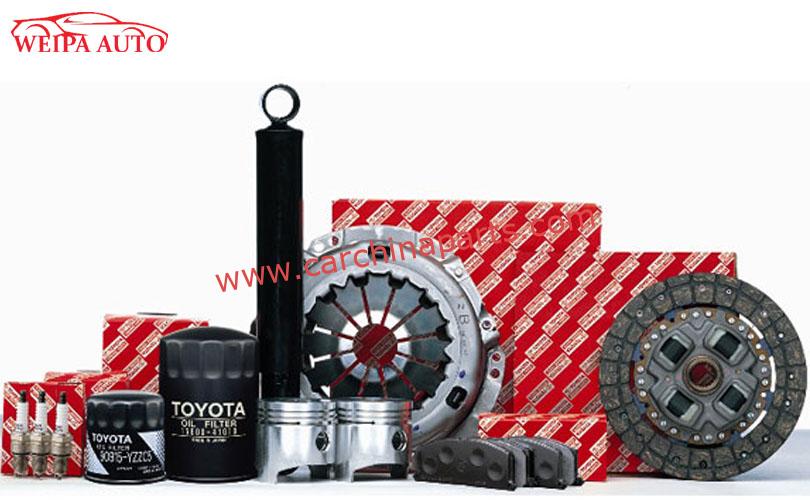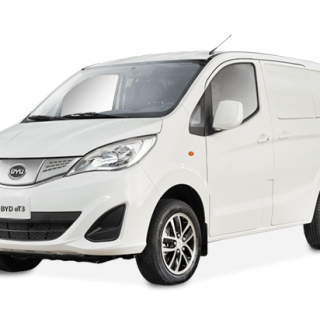
wholesales byd auto parts
BYD Auto Parts: Powering the Future of Sustainable Mobility
As the global automotive industry accelerates toward electrification and sustainability, BYD Auto has emerged as a pivotal player not only as a vehicle manufacturer but also as a leading innovator in automotive components. Specializing in vertically integrated production, BYD’s auto parts division has become a cornerstone of its success, enabling the company to deliver cutting-edge technology, cost efficiency, and environmental stewardship. This article explores how BYD’s auto parts ecosystem is reshaping the automotive landscape.
1. Vertical Integration: A Strategic Advantage
Unlike traditional automakers that rely heavily on third-party suppliers, BYD has mastered the art of vertical integration. The company produces over 70% of its vehicle components in-house, including critical systems such as:
– **Batteries**: BYD’s Blade Battery, renowned for its safety and energy density, powers its electric vehicles (EVs) and is supplied to other automakers.
– **Electric motors and powertrains**: High-efficiency motors and modular platforms optimize performance across EV models.
– **Semiconductors**: Self-developed insulated-gate bipolar transistors (IGBTs) enhance power management in EVs.
– **Electronics and software**: Integrated infotainment and autonomous driving systems.
This strategy reduces supply chain risks, lowers costs, and ensures seamless compatibility between components—a key factor in BYD’s rapid scalability.
2. Innovation in Core Technologies
BYD’s auto parts division is a hotbed of innovation:
– **Blade Battery Breakthrough**: By using lithium iron phosphate (LFP) chemistry and a compact cell-to-pack design, BYD’s batteries achieve thermal stability (passing nail penetration tests) while offering 30% greater space utilization than conventional designs.
– **e-Platform 3.0**: A modular EV architecture supporting front-wheel-drive, rear-wheel-drive, and all-wheel-drive configurations, enabling faster development cycles for new models.
– **Energy Recovery Systems**: Regenerative braking and heat pump technologies extend driving range by up to 20% in cold climates.
These advancements position BYD as a technology partner for automakers transitioning to electrification.
3. Global Supply Chain Influence
Beyond serving its own vehicles, BYD supplies auto parts to industry giants like Tesla, Toyota, and Hyundai. Its battery division, FinDreams Battery, is expanding production capacity to 500 GWh annually by 2025, aiming to challenge CATL and LG Energy Solutions. Similarly, its semiconductor unit, BYD Semiconductor, went public in 2023 to meet soaring demand for EV chips.
4. Sustainability at the Core
BYD’s component manufacturing aligns with circular economy principles:
– Recyclable Materials: Over 90% of battery materials are recoverable, reducing reliance on mined resources.
– Carbon-Neutral Factories: Solar-powered production facilities and AI-driven energy management systems minimize carbon footprints.
– Affordable Electrification: Economies of scale from in-house production help BYD offer EVs like the Seagull hatchback at $10,000, democratizing green mobility.
5. Challenges and Opportunities
While BYD’s vertical integration offers advantages, it faces challenges such as geopolitical trade barriers and competition from specialized suppliers. However, its agility in adapting to markets—such as launching sodium-ion batteries for cost-sensitive regions—demonstrates resilience.
Conclusion
BYD Auto Parts exemplifies how innovation and vertical integration can drive the EV revolution. By controlling the entire value chain—from raw materials to software—BYD not only secures its dominance in the Chinese market but also positions itself as a global enabler of sustainable transportation. As automakers worldwide grapple with electrification timelines, BYD’s components division offers a blueprint for combining technological ambition with operational pragmatism. In the race to decarbonize mobility, BYD isn’t just building cars; it’s engineering the future, one component at a time.





Reviews
There are no reviews yet.